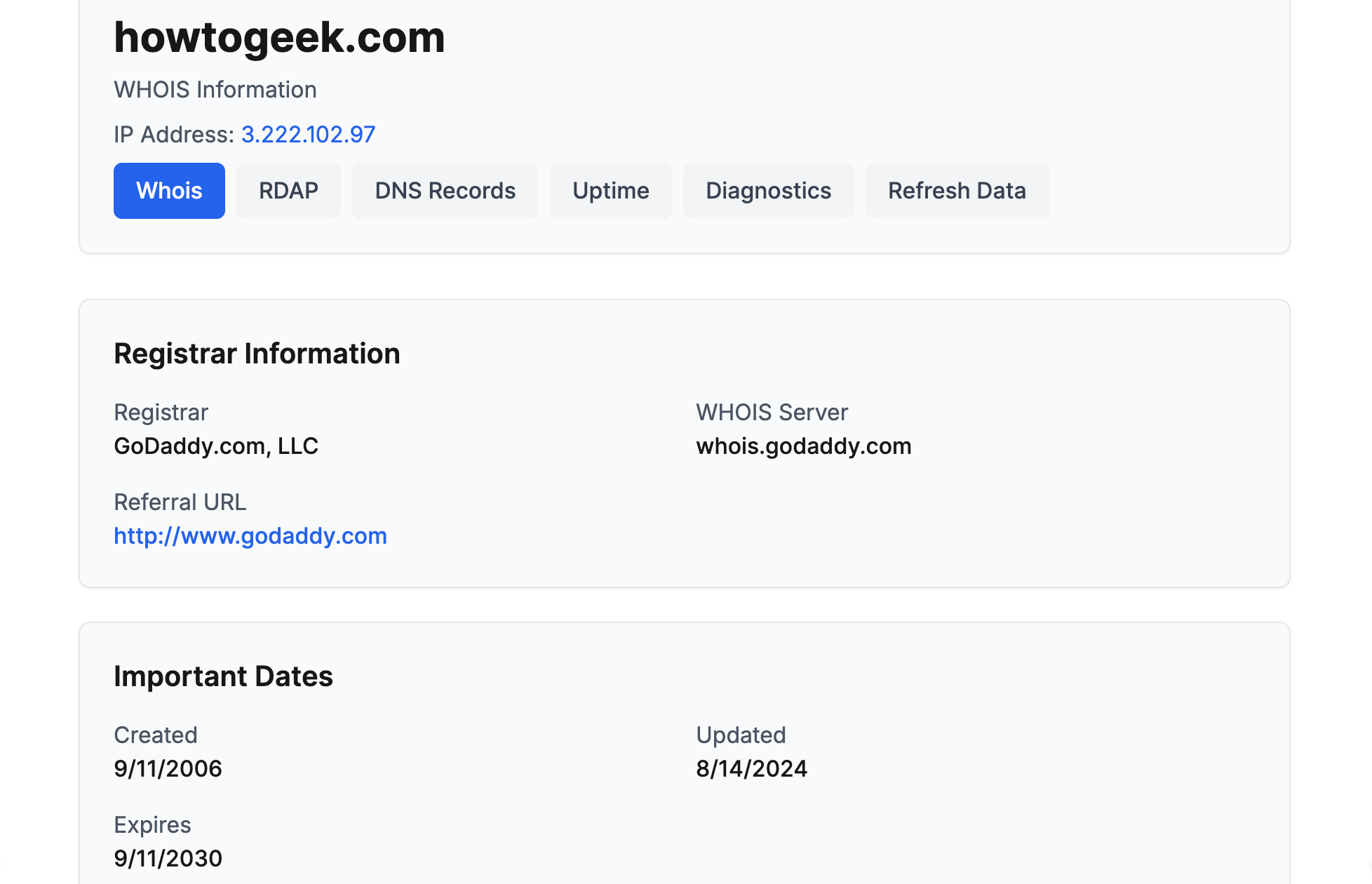While online shopping has made it convenient to purchase from anywhere, it has also opened the door for scammers to target unsuspecting users with fake websites. To protect your personal information and finances, watch out for warning signs that can help you spot and avoid fraudulent websites.
6
Look for Irregularities in the URL
Scammers often try to imitate legitimate websites by using URLs that closely resemble the original website but contain subtle differences. For example, they might register domains with slight alterations, such as amaz0n.com instead of amazon.com, or use a different domain extension like paypal.support instead of paypal.com.
They may also use misleading subdomains to deceive their victims—for example, a URL like payoneer.secure-login-site.com instead of the legitimate payoneer.com. Another warning sign is the absence of a padlock (or tune) icon or ” in the browser’s address bar, indicating the lack of an SSL certificate, which secures your connection.
One of the simplest ways to spot a scam site is to scrutinize the URL for irregularities. If you notice one or more of them, it’s a strong sign that the website is fraudulent.
5
Check How Old the Domain Is
Many scam websites are newly created and used for short-term fraud or phishing schemes, unlike legitimate websites, which usually have a longer history and online presence. If you’re considering transacting on a site you’ve never used, check how long the domain has been active.
You can do this using a WHOIS lookup tool like who.is. Enter the domain to see its registration and expiration dates. If the site claims to have been operating for years, but the domain was registered only a few weeks ago, that’s a potential warning sign. However, remember that domain age alone isn’t proof—use it with other red flags to make a more informed judgment.

Related
What Happens to Old Websites?
Does a website ever “die,” and if it does, where does it go?
4
Watch for Bad Grammar and Sloppy Design
Scammers throw together fake websites in a rush to cast a wide net and lure more victims. So, they don’t invest in quality design or content. Because of this, you’ll see poor writing, full of spelling mistakes, awkward phrasing, broken sentences, or even copied text. Design flaws like mismatched fonts, clashing colors, and inconsistent layouts are common red flags.
Logos and images may appear low-quality, and buttons or sections might not work or be misaligned. Some scam sites are just single pages with no proper navigation or structure. Pay close attention—if a website appears unprofessional or hastily made, you should trust your gut and avoid it. A legit business puts care into its presentation, so a sloppy site is a strong red flag.
3
Beware of Unrealistic Deals
Fake websites often attract victims by advertising deals or discounts that are too good to be true, like 80–90% off or high-end products offered at unbelievably low prices. They may use flashy banners and countdown timers to create a sense of excitement or scarcity. This pushes you to act quickly without thinking it through.
Scammers behind such sites may try to steal your personal and payment information, send you fake or low-quality items, or take your money without delivering anything.
Always compare prices with reputable retailers—if there’s a significant price gap and an offer seems unusually generous, you should try to avoid the deal.

Related
7 Common Online Scams to Watch Out for and How to Stay Safe
Dodging online scams isn’t always easy, but here’s how to stay one step ahead.
Fraudulent websites often don’t add information about who they are, like their mission, company background, physical location, or registration details. They might not provide contact info or include a vague email form, fake phone numbers, or unprofessional email addresses. You’ll also see missing or overly restrictive return policies that are suspiciously confusing.
In contrast, legit websites typically offer multiple clear ways to get in touch, including verified phone numbers, physical addresses, and active listings on platforms like Google My Business. They also show transparent and user-friendly return policies. So, if a website hides its identity, lacks clear contact options, or seems evasive about returns, you should avoid it.
1
Look Out for Fake Reviews and Testimonials
Reviews on fake websites are often fabricated or misleading, designed to create false trust. These reviews typically lack specific details and rely on vague praise like “Best product ever!” or “Fantastic service.” You might also notice the same testimonials repeated across pages with slight wording changes.
They don’t use real photos of the product or service and rely on generic stock images. Most reviews will also be suspiciously positive, almost all 5-star ratings without balanced feedback. To verify their legitimacy, search for the website’s name and the word “reviews” in a search engine. Check independent sources like Reddit or Trustpilot, where real users share honest experiences.
If you find overwhelmingly negative feedback or consistent reports of scams and poor service, I recommend avoiding that site.

Related
How to Spot Fake Reviews on Black Friday Deals
Don’t get led astray by fake reviews this holiday season.
Scammers constantly set traps to trick unsuspecting online shoppers. That’s why you shouldn’t get swept up by every deal that looks too good to be true. If you spot any of the red flags mentioned above, approach the site with caution—don’t risk handing over your personal information or hard-earned money. Trust your instincts; if something feels off, it probably is.







Leave a Comment
Your email address will not be published. Required fields are marked *